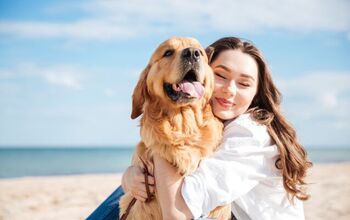Why Does My Cat Have a Bald Spot?
Discovering a bald spot or missing fur on your cat can be both perplexing and concerning for any cat parent. A change in your cat’s coat could be nothing, but it could also be a red flag of behavioral issues or medical problems. Understanding the underlying cause is the first step to addressing the problem.In this post, we explore the mystery of cat alopecia, including possible explanations for cat hair loss, what you should do if you notice your cat has a bald spot, and how to prevent this problem from happening.Let’s get started…6 Reasons Your Cat May Have a Bald SpotThe first step to addressing your cat’s hair loss is to identify why it occurred. This will mean paying careful attention to other signs and symptoms, both physical and behavioral. Here are a few of the most common causes of significant hair loss in cats:Allergies and IrritationDoes your cat suffer from food allergies or environmental allergies? While most allergies won’t directly cause your cat’s hair to fall out, they trigger dry, itchy skin. As your cat scratches the area, trying to soothe the itch, they may damage the skin or hair follicles.Identifying the allergens can be difficult. You may wish to do allergy testing or try an elimination diet. But the good news is that once you know the trigger, eliminating it will solve the problem.OvergroomingCats are well-known for their careful attention to their grooming needs, licking themselves to keep their fur clean and shiny. However, there are some behavioral situations when a cat may start grooming excessively, causing damage to their coat or their skin, resulting in bald patches.The most common causes of overgrooming are stress and anxiety. Take a moment to reconsider your household and any recent changes that may have occurred. Did you move? Are you renovating your home? Did you add a new pet or family member to the household?Another potential behavioral explanation for overgrooming is obsessive-compulsive disorder. This may have started as stress or anxiety, or it may be genetic. OCD in cats could result from neurological conditions or other medical problems.












